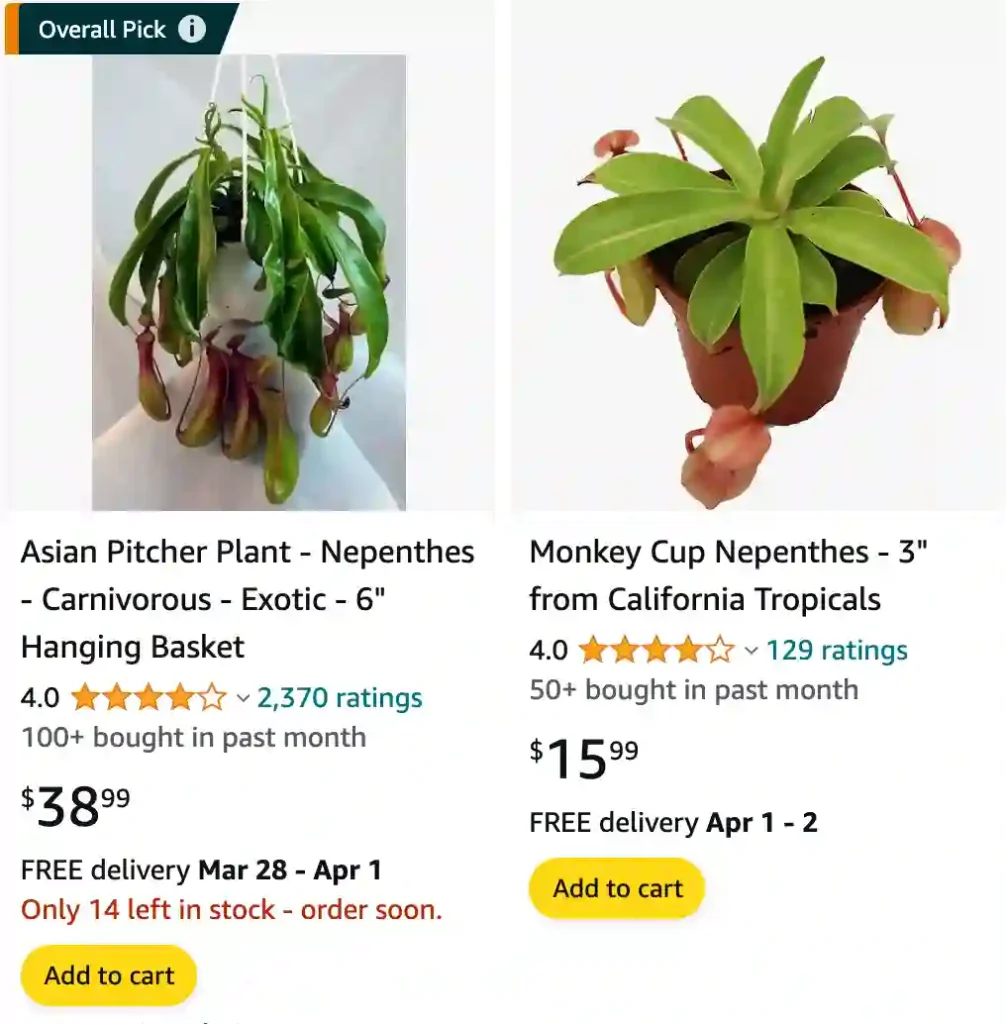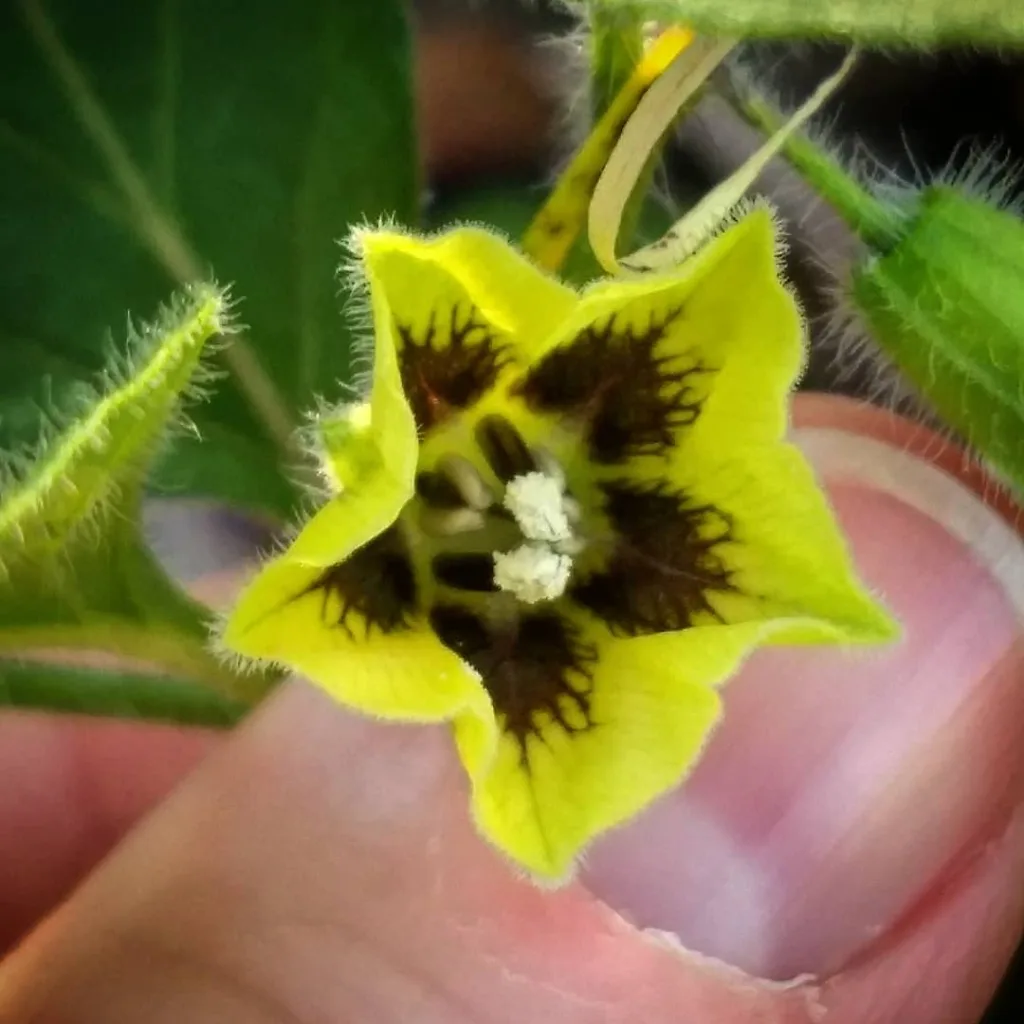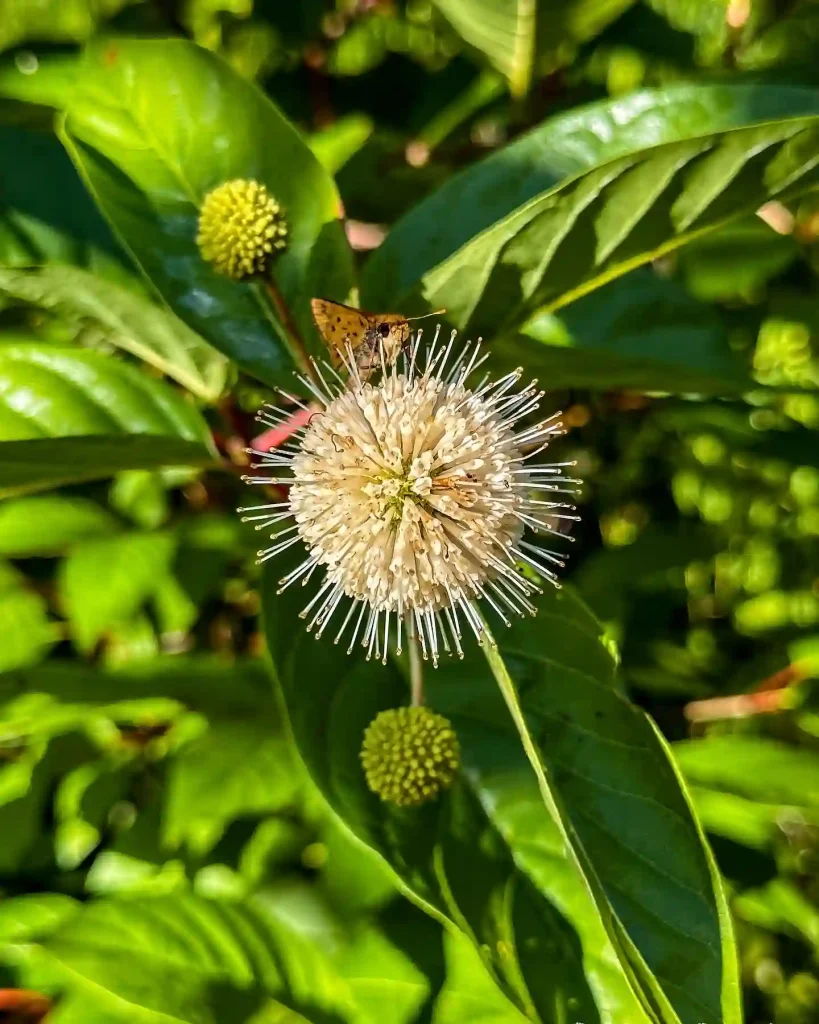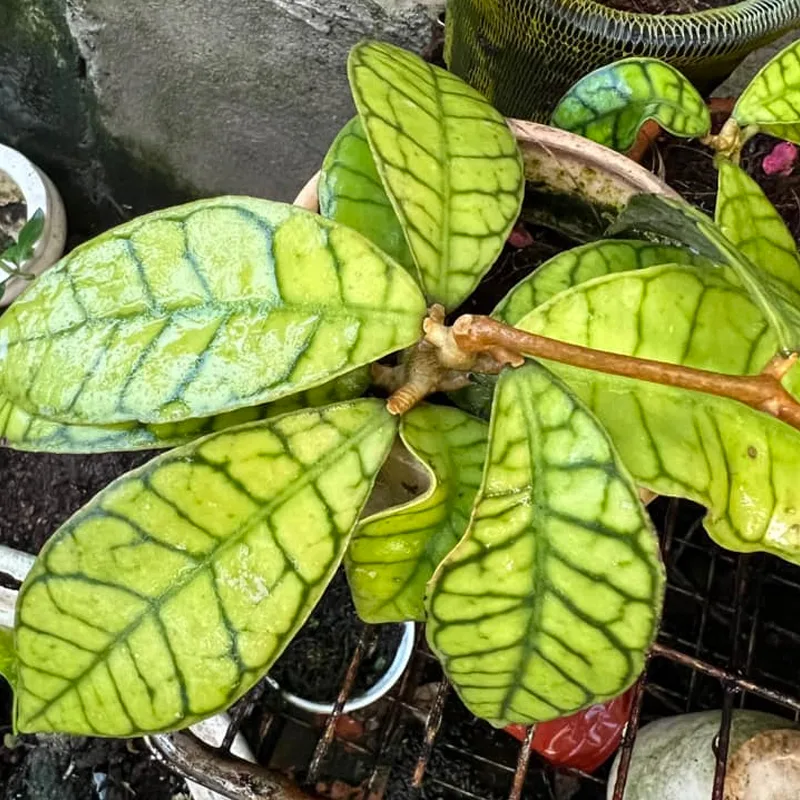
Nepenthes Jacquelineae: A Q&A with Ferb Vu
Hi everyone, Ferb Vu here. Today, we’re diving into the captivating world of Nepenthes Jacquelineae, a carnivorous plant that never fails to amaze with its unique pitcher traps.
This Bornean beauty is a superstar in the Nepenthes family, and I’ve received many questions about its care, characteristics, and how it compares to its kin. So, let’s address some of the most common inquiries.
Plant Family: Nepenthaceae – 207 Species in Genus Nepenthes
What Makes Nepenthes Jacquelineae Special?
The magic lies in the pitchers. Unlike other Nepenthes, Jacquelineae boasts squat, robust pitchers with an incredibly wide peristome – the colorful rim that attracts prey. This wide mouth, coupled with vibrant color variations ranging from green to red, makes it a standout.
Imagine a squat, robust pitcher with a gaping maw, all dressed in a vibrant coat of green, yellow, or red. That’s the essence of Jacquelineae’s captivating appeal.
Nepenthes Jacquelineae vs. Nepenthes Ventricosa
Nepenthes Ventricosa is another popular carnivorous plant, often compared to Jacquelineae. Here’s a breakdown of their key differences:
- Pitchers: Jacquelineae’s pitchers are wider and squatter, with a flared peristome. Ventricosa’s are more elongated and bulbous, with a narrower peristome.
- Coloration: Jacquelineae exhibits a wider range of colors, including green, yellow, red, and combinations of these. Ventricosa typically leans towards red and green shades.
- Temperament: Jacquelineae thrives in highland conditions. Ventricosa can tolerate a wider range of temperatures, making it slightly more forgiving.
Think of Jacquelineae as the flamboyant showstopper, while Ventricosa is the elegant and adaptable cousin.
How to care for Nepenthes Jacquelineae?
Jacquelineae flourishes as a highland Nepenthes. Here are some key care tips:
- Light: Provide bright, indirect sunlight. Think dappled forest floor rather than harsh afternoon sun.
- Temperature: Aim for a range of 55-75°F (13-24°C) during the day and slightly cooler at night.
- Water: Use only distilled or rainwater to avoid mineral buildup. Keep the soil consistently moist, but not soggy.
- Humidity: High humidity is crucial. Consider a terrarium or pebble tray with water to create a humid microclimate.
- Feeding: While not essential, Jacquelineae can appreciate the occasional feeding of insects like bloodworms. Don’t overdo it, though.
Remember, consistency is key. By providing the right environment and care, you can witness the captivating beauty of Jacquelineae unfold.
Common Nepenthes Jacquelineae Problems and Solutions
Even with the best intentions, issues can arise. Here are some common problems and how to address them:
- Brown Pitchers: This could indicate underwatering or excessive heat. Increase watering frequency and ensure proper temperature control.
- Stunted Growth: Insufficient light or inadequate humidity are likely culprits. Adjust lighting and increase humidity through misting or a pebble tray.
- Pest Infestation: Mealybugs and aphids can be a nuisance. Use insecticidal soap or neem oil solutions for control.
Early detection and intervention are crucial. By monitoring your Jacquelineae closely, you can address problems before they escalate.
Is Nepenthes Jacquelineae difficult to grow?
Jacquelineae requires specific highland conditions and might be challenging for beginners. However, with proper research and dedication, success is achievable.
Can Nepenthes Jacquelineae survive indoors?
Yes, it can thrive indoors as long as you can provide the necessary cool temperatures, high humidity, and bright indirect light. Terrariums are excellent options.
How often should I repot my Nepenthes Jacquelineae?
Repotting is only necessary every 2-3 years or when the pot becomes overcrowded. Use a well-draining potting mix specifically for carnivorous plants.
Does Nepenthes Jacquelineae have any dormancy period?
Unlike some Nepenthes species, Jacquelineae doesn’t require a distinct dormancy period. However, it might experience slower growth during cooler months.
What are some alternative Nepenthes for beginners?
Nepenthes Ventricosa (mentioned earlier), Nepenthes Miranda, and Nepenthes Cephalotus are good choices for beginners due to their wider tolerance for temperature and humidity.
Conclusion: The Allure of Nepenthes Jacquelineae
Nepenthes Jacquelineae is a captivating carnivorous plant that rewards patient and dedicated growers. Its unique pitcher morphology and vibrant colors make it a true conversation starter.
With proper care and attention, you can cultivate this Bornean beauty and witness the wonder of its carnivorous nature. So, are you ready to be mesmerized by the Nepenthes Jacquelineae?
If i die, water my plants!



